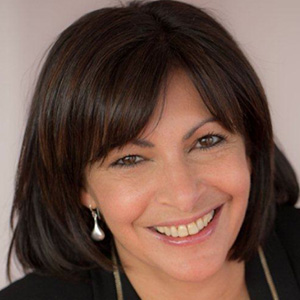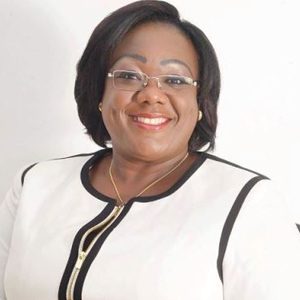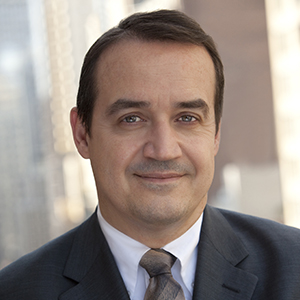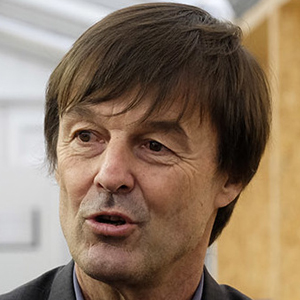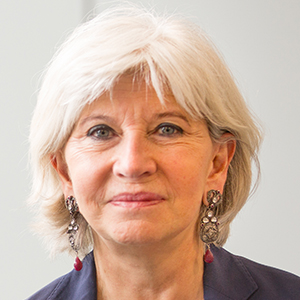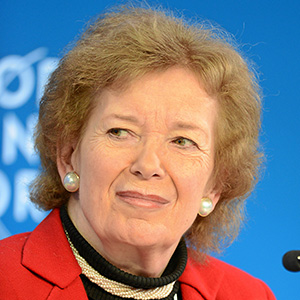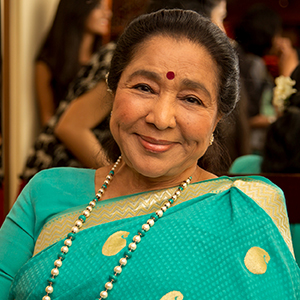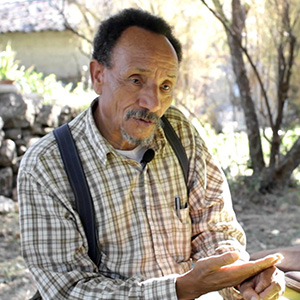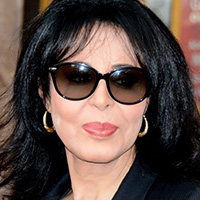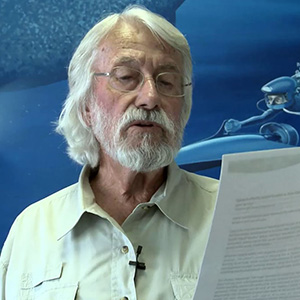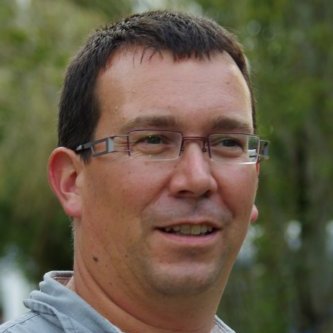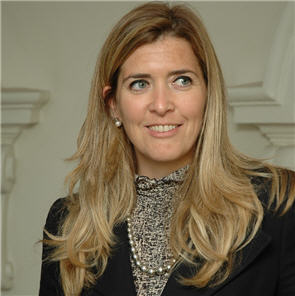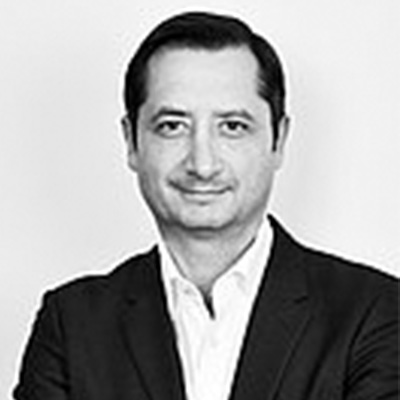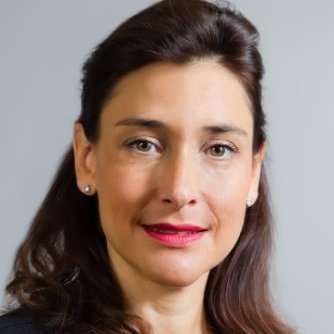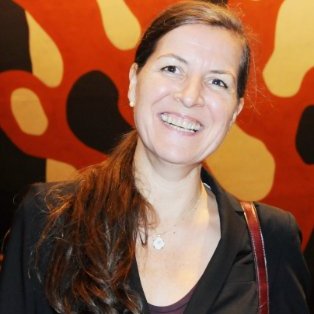Home > A Greener World
“I explore environmental topics based in remote and inaccessible areas”
By TEAM R20 | 13th February 2020 | Updated at 12:02
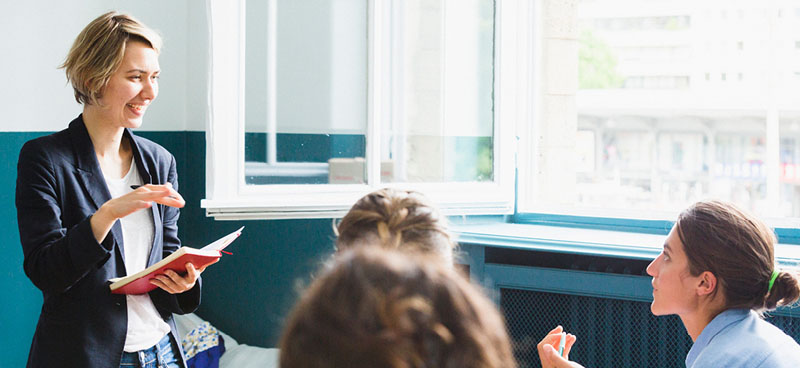
A Greener World
| Anna Filipova is a documentary photographer and research based in Paris. She has an MA from Royal College of Art (London). For the past few years, she has been focusing on the Arctic region, where she explores environmental topics based in remote and inaccessible areas. She has worked for the International New York Times and has been published in: Reuters, CNN, The Telegraph, Dazed & Confused and The Guardian, amongst others. On numerous occasions she has worked in Svalbard, Norway, Greenland, Faroe Islands, Iceland, Sweden, Finland amongst others, on projects concerning environment and scientific research on global warming. Interview.
We have met you during the Women Forum 2019, a very few women are experts in your field of activity, which motivations have pushed you to start exploring poles?
I have been working with scientific organisations in the Arctic region since 2010 where I explore environmental topics based in remote and inaccessible areas. I have worked on this topic since my Master degree on environmental issues in the Arctic. So it’s been over a decade now. Over the years I have been working with some of the world’s biggest scientific organisations in the Arctic. This year I have visited with NatGeo-Antarctica and was incredible to see the differences between both Poles.
People know you for your “Research at the end of the world” series in the Ny-Ålesund scientific database. What is the objectives?
Ny-Ålesund research station is situated on the 79th parallel north on Svalbard archipelago, which makes it the most northerly permanent civilian settlement in the world. It houses the largest laboratory for modern Arctic research in existence. Even though the settlement is located away from major sources of human pollution, the atmospheric circulation brings air from Europe and North America into the region. This creates a unique environment for the observation of post global warming conditions.
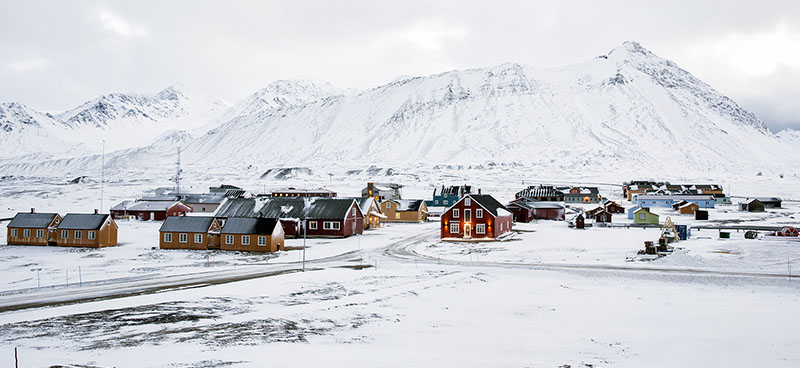
What is the daily life of local people in the village of Qaanaaq? Why are they directly impacted by global warming?
Qaanaaq, one of the most northerly towns in the world, has found itself among the first casualties in the battle against climate change. Many of the town’s inhabitants live in permafrost areas and their homes were built on frozen ground. But as the permafrost has thawed, the ground has become less capable of supporting their homes, which can become dangerous to inhabit. Vessels can only enter the harbour from late June or July until September; the sea is frozen for the rest of the year. Goods from the outside world are only brought in twice a year, and Qaanaaq is the one of the last towns in Greenland where many people still survive by hunting on the sea ice, which is getting thinner and thiner and dangerous. The hunting season in Qaanaaq gets shorter by the year, and people have lost their lives because of the unstable condition of the sea ice.
Are there rules and regulations in NyÅlesund to protect wildlife and preserve the environment?
It has a very restricted access both because of the scientific project that are conducted and the measuring instruments that are situated around the area. To come to the settlement you have to be either a scientist working on a project with one of the stations or maintaining the infrastructure of the place. There is also the The Svalbard Treaty. The purpose of this treaty is to preserve and protects a virtually untouched environment in Svalbard.


